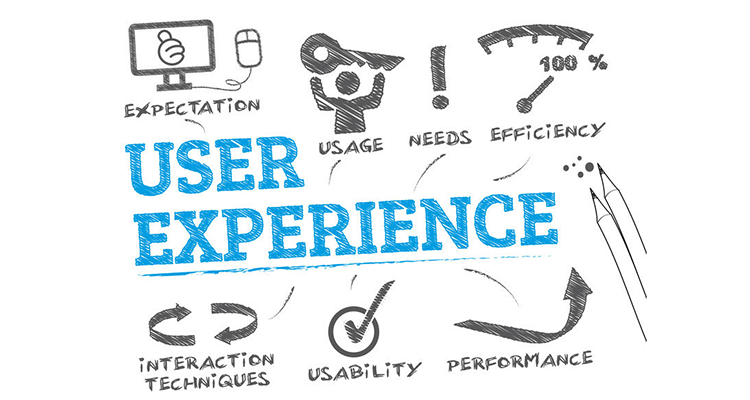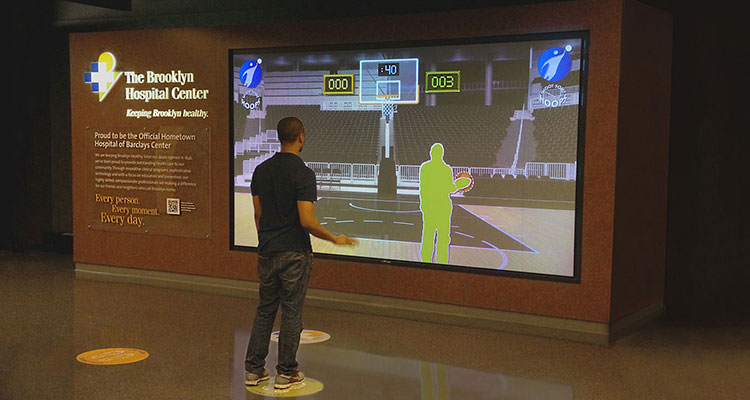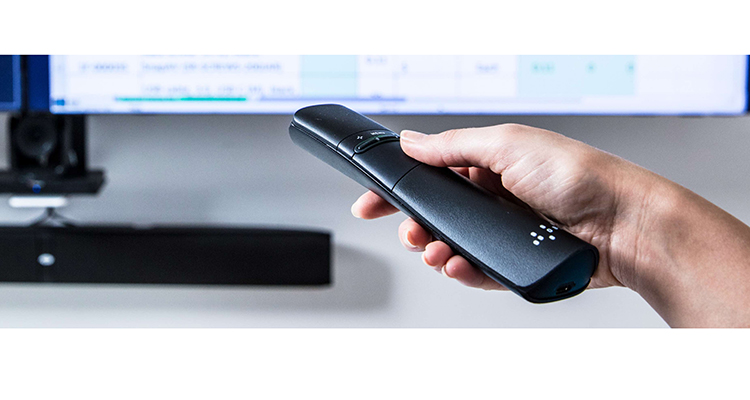Are Dedicated Computers Going Away?

I am on a mail list that has recently had a thread about whether dedicated computers are still necessary. There are several arguments for and against this, although in this particular thread most of the arguments seemed to be for removing the dedicated computers.
For some background, higher education has a long history of providing dedicated computers in their classrooms and conference rooms. Historically this was done at a time when faculty and staff were only assigned a laptop computer in special circumstances, mostly related to how much they traveled. Since it could not be assumed that anyone had a laptop, each space needed to have a computer to be used. Additionally, since it is an education institution, there was an even split of Mac and PC users, and many institutions either provided both computer types in the space, or in some cases would provide a dual boot Mac.
The thread is interesting because various opinions and claims were made. Several people pointed out that removing the dedicated computer “greatly simplifies the AV setup” and that there are “significant cost savings.” However, the thread did not seem to fully consider the support time that may be needed when desktops are removed. It also did not consider the importance of user experience.
A quick run of the numbers can answer how much of a cost savings this will be for any school. The cost of a computer, multiplied by the number of computers, divided by what each school thinks is the life of a desktop computer. I will use my school as an example. We have about 120 dedicated computers in classrooms and meeting rooms. These computers cost approximately $1,100 a piece. We believe that the lifespan of a desktop PC is 5 years. Eliminating all of these computers would save my institution about $26,400 per year. While I agree that any saving we can achieve needs to be considered, this is not a significant sum of money. I will also give the caveat that we do not have both platform computers in our spaces, only Windows computers. Schools that have both could roughly double the annual savings.
The second argument of simplifying the AV setup has a number of flaws as well. If a design replaces the dedicated computer, there needs to be a way to get a laptop computer into the system. Along with the standard wired connection — many places would also consider a wireless system — therefore negating the “simplification” argument. Additionally, many schools placed cameras, microphones and other forms of video conferencing into these spaces over the past few years. In order to make all that equipment work with any device that is brought into the room additional technology will need to be installed and supported.
Speaking of support, I noted that in the thread most of the people responding were senior leaders in their organization, not the actual people supporting the spaces. I would be very interested in seeing the data on support call changes from before the removal, and after the computers. My experience tells me that people bring a wide variety of computers with them to campus. Having the correct adapters for those is fairly easy, making sure they know how to use the computer when connected to an AV system is different. Additionally, I believe that support calls would increase in terms of having to bring a laptop to a room for guest speakers who may not bring one, or who are unable to get on the campus network. The time and effort of this support needs to be considered in terms of opportunity cost. What are those technicians not doing, when they are delivering and setting up temporary computers.
Finally, the user experience needs to be considered when making decisions like this. I have always been an advocate for data, and this is a situation when data would be critical to making this decision. If you have programmed your systems properly you should be able to determine the number of times someone uses the dedicated computer versus a laptop computer. There is an argument to be made that the better user experience is to use your own machine. If I give a presentation somewhere, I always use my own computer. I know how it works, I know where things are, and it makes me feel more comfortable. But – that is MY preference, and does not mean everyone shares the same preference. If the data shows that people are not bringing their own laptops to these spaces, one needs to ask why, before they determine it is appropriate to remove the dedicated computers.
It is important to recognize that not every institution has the same culture and expectations, just as not every institution has the same budget. What works for one place, may not work for the next. What one place can afford, another can not. In my view, a dedicated computer provides a number of benefits that make the annual cost worthwhile. Other institutions may view it as a luxury and choose to put that money towards adding technology to spaces that are without. The only way to make these decisions is by understanding the institution, and analyzing the data.




